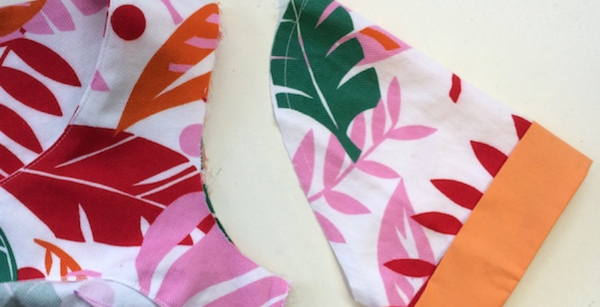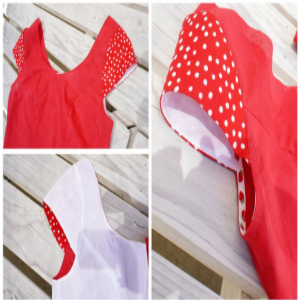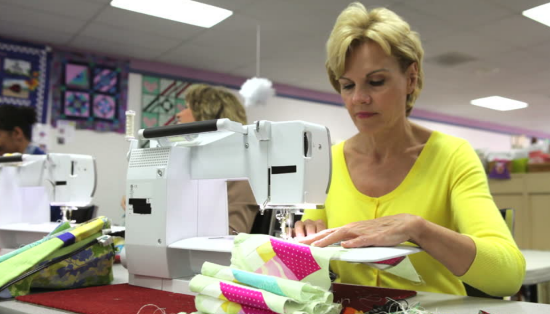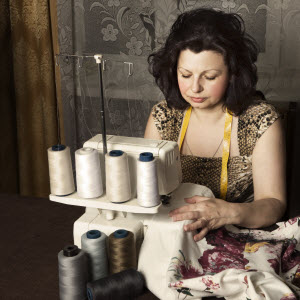
As you step on to the advanced sewing levels, the first thing that comes to your mind is attaching a sleeve to the garment. There are several methods to insert a sleeve, however adopting exemplary methods enable you to offer a professional touch. The Mathilde Blouse pattern provides wholesomeness at the armhole. It is one of the renowned sewing patterns that is practiced widely. You can also utilize this method to attach sleeves to your various other projects. Before getting on the machine, it is essential to understand the basic concepts involved. The Mathilde method grants a wholesome approach to support the curves of the fabric.
The sleeves are given a unique look as it stands distinguishably. Most often, the sleeve head remains bigger, say about two centimeters larger than the opening for the arms. But in the case of the Mathilde blouse, space is even greater. An enlarged area adds more details to the design. Make use of this excess garment to add volume. Gather the extra fabric at the sleeve’s circumference and align it with the armhole during sewing. Now, with the additional size you can sleek in your shoulder better. If this style of stitching does not fascinate you, don’t worry there is an alternate route.

You can also insert sleeves in a similar pattern that is followed in your shirts and tee shirts. The sleeves can be attached in a flat position that remains against the opening for the arm. You can then join the side seam of the body with the underarm of the sleeve. It is now time to thread your machine to begin sewing. Mark a starting and finishing point at different notches of your fabric. Start stitching three rows that remain parallel. Leave appropriate spaces between the three rows. Never overlap with the seam lines and there you attach your sleeves comfortably well.
Read also – Familiarizing Yourself With The Know-Hows Of The Sewing Machine




